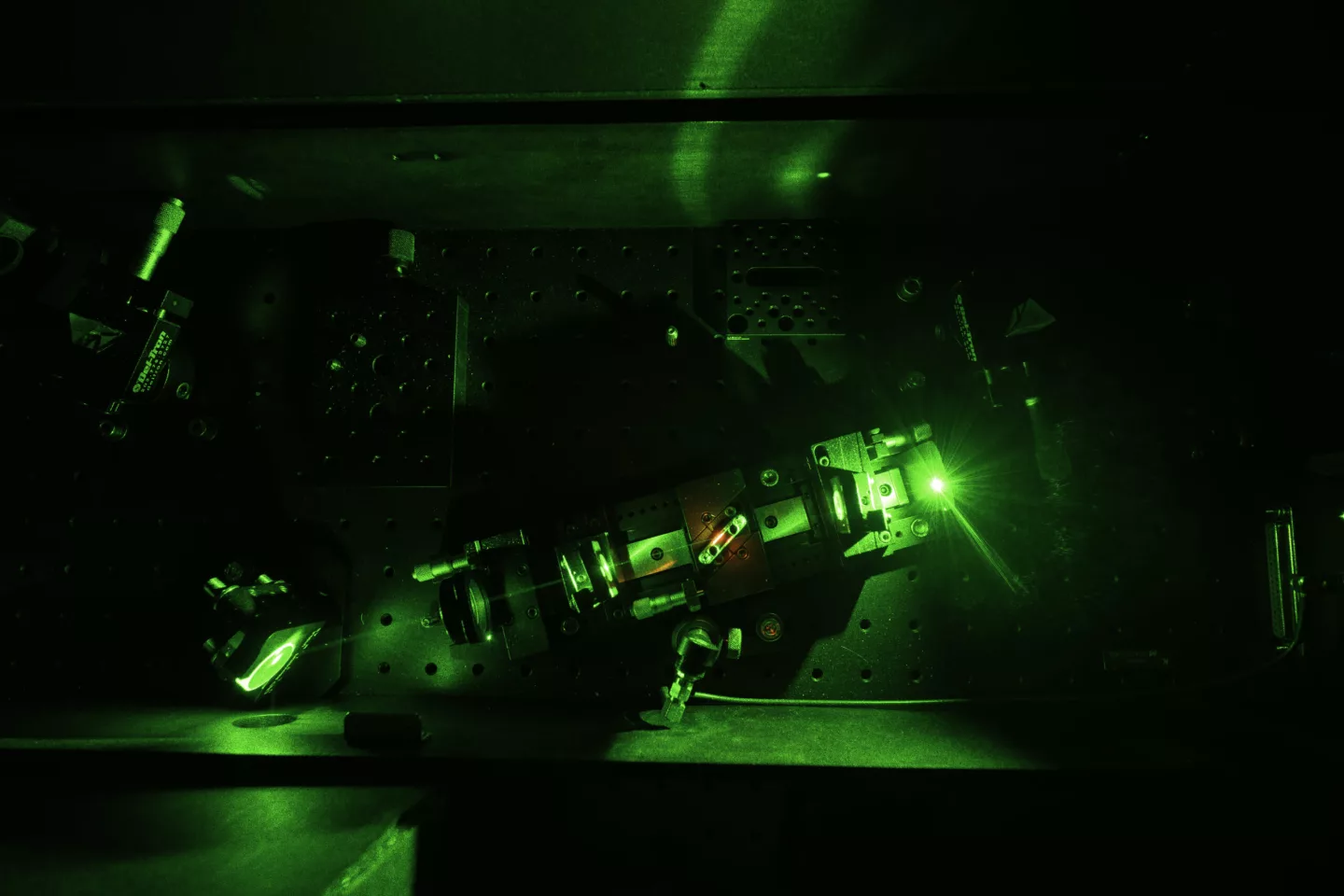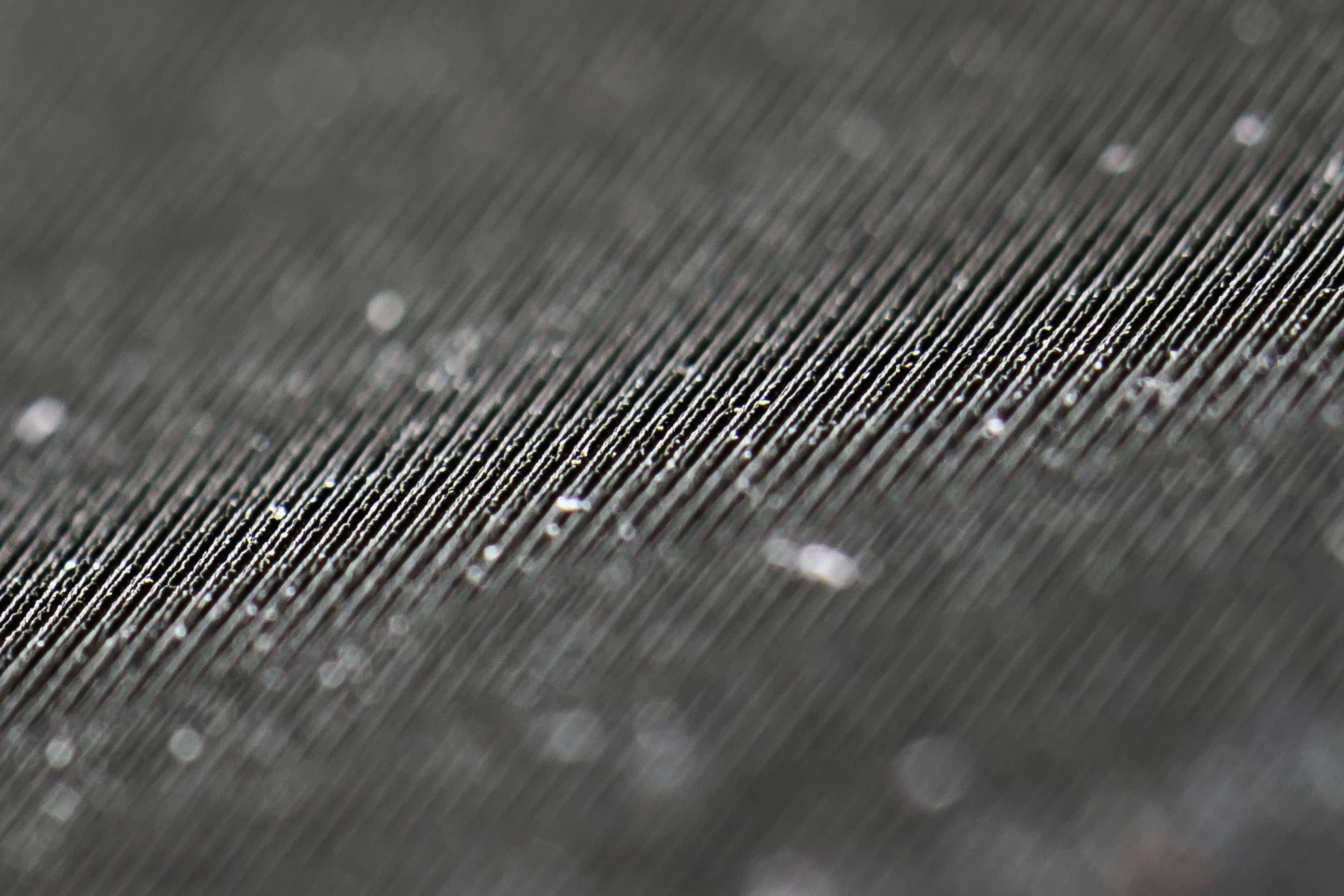When it comes to solar power, solar cells and panels tend to get all the attention. But there's a different kind of solar power generator known as a STEG, and researchers have just figured out a way to improve its efficiency by a factor of 15.
STEG stands for solar thermoelectric generator. The device works through a simple principle known as the Seebeck effect in which a temperature difference exists across two different conductors and voltage is produced as a result. In short, STEGs are devices where one side is cold and the other hot, and electricity flows through semiconductors placed between them. STEGs are solid-state devices with no moving parts and, while the hot side can be heated up by the Sun's energy, it can actually use any kind of thermal energy to maintain a high temperature.
While that all might sound promising as a passive electricity producer, STEGs have traditionally only been able to convert less than one percent of sunlight into electricity. Compare that to perovskite/silicon solar cells, which have exceeded 30% in power conversion, and STEGs seem unlikely to take their place as legitimate widespread sources of clean power any time soon.
However, a new breakthrough from researchers at the University of Rochester seems set to change that perception. By looking at the materials each side of a STEG is created from, the team was able to boost its efficiency in converting the Sun's heat energy to electricity up to 15%. This differs significantly from the focus of previous research, says Chunlei Guo, co-author of a study describing the breakthrough published in the journal Light: Science and Applications.
"For decades, the research community has been focusing on improving the semiconductor materials used in STEGs and has made modest gains in overall efficiency," he says. "In this study, we don’t even touch the semiconductor materials – instead, we focused on the hot and the cold sides of the device instead. By combining better solar energy absorption and heat trapping at the hot side with better heat dissipation at the cold side, we made an astonishing improvement in efficiency."

To achieve this improvement, Guo and his team started with a unique black metal that Guo's lab invented in 2020. To create it, they started with tungsten and then blasted it with femto-second laser pulses, a series of ultra-short pulses of light that etch the metal's surface. This not only turned the tungsten to a heat-absorbing black color, but the placement of the pits made by the lasers allowed it to absorb even more heat from sunlight, and retain it longer.
Next, the tungsten was covered in a "a piece of plastic to make a mini greenhouse, just like on a farm," explains Guo. This allowed even greater heat retention.
For the cold side of the STEG, the team turned its ultra-fast laser on a sheet of aluminum, creating a heat sink that was exceptionally good at dissipating warmth. In fact, the researchers say, their etched aluminum is twice as good as regular aluminum at shedding heat.

While it might be a while until STEGs supply grid-scale power, the researchers say that their breakthrough – which they demonstrated by having it power a series of LED lights – could find use in applications that require less power, such as working in the Internet of Things space, powering wearables, or delivering power to individual homes in rural settings.
Source: University of Rochester







